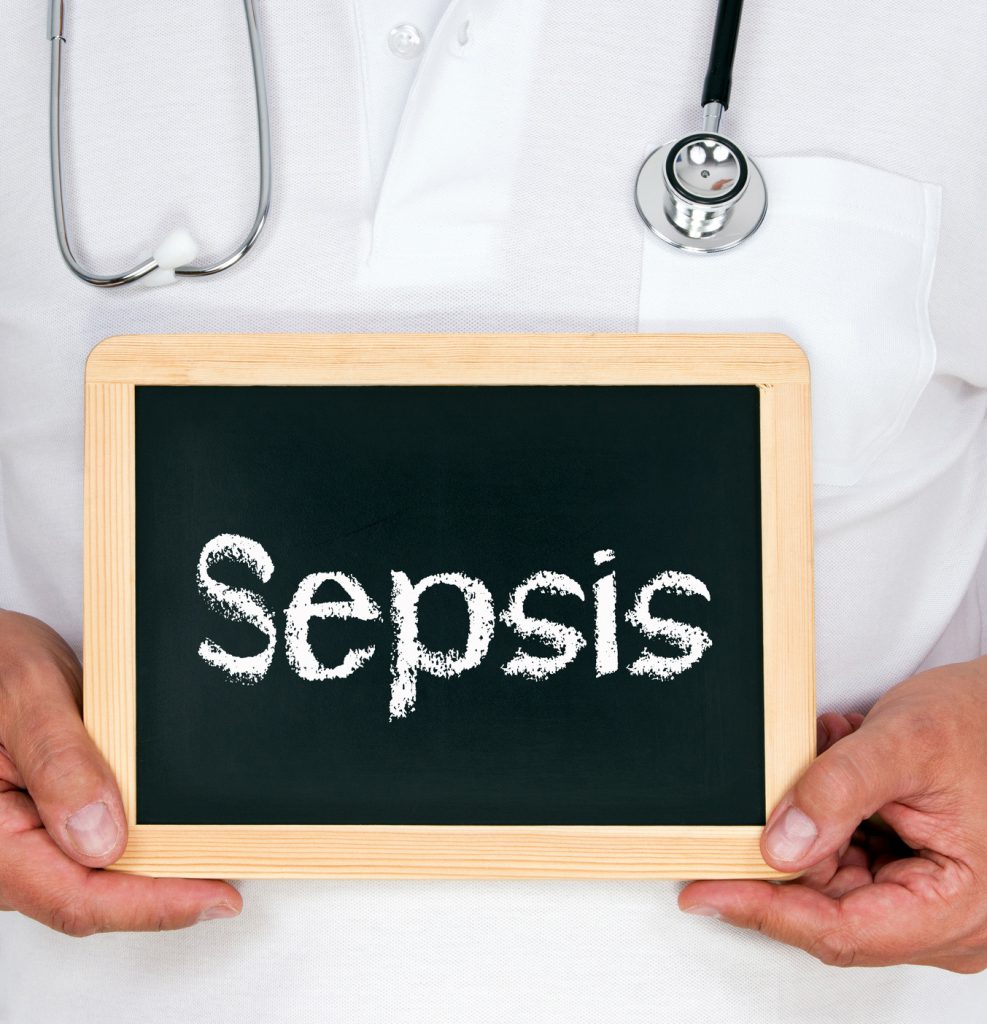Free Consultation

When is a Sepsis Infection Considered Medical Malpractice?
Hospital-acquired infections are not uncommon, and when treated properly (and quickly) they may not be all that dangerous to a patient. But when an infection goes undiagnosed or untreated for too long, conditions like sepsis can result.
What is Sepsis?
Contrary to what many believe, sepsis itself isn’t an infection. Rather, it’s a potential complication of all types of infections. Essentially, sepsis is the presence of harmful bacteria and their toxins in the tissues of the body. It’s most commonly a result of an infection in a wound. Sepsis occurs when an individual’s immune system releases chemicals into the bloodstream to fight infection. Instead of doing so, they cause inflammation throughout the body.
According to the Centers for Disease Control and Prevention (CDC), over 1.7 million people contract sepsis each year in the U.S. The condition also takes the lives of 350,000 American adults each year. The Mayo Clinic diagnosis of sepsis include at least two of the following:
- A heart rate more than 90 beats per minute
- Body temperature more than 101-degrees F or less than 96.8-degrees F
- Respiratory breathing more than 20 breaths per minute
Various types of infections can eventually lead to sepsis. The most common types include:
- Bloodstream or bacteremia infection
- Abdominal infection
- Pneumonia
- Urinary tract infection
- Kidney infection
Causes of Medical Malpractice for Sepsis Patients
Sepsis is very serious, and lack of diagnosis or treatment can prove fatal. In many cases, the patient could have a medical malpractice claim if his or her doctor failed to prevent, diagnose or treat the condition and subsequent infection. You may have a claim for malpractice if any of the following acts of negligence were related to you developing sepsis, and if you sustained damages as a result of that negligence:
- Failing to recognize a patient has an infection
- Not recognizing a patient has sepsis
- Not treating the infection or sepsis quickly and properly
- Not taking the right blood, urine, and wound secretion tests
- Not giving the patient the right antibiotics
- Not administering the antibiotics properly
- Not cleaning the IV lines
- Not giving the patient the right fluids
- Not considering and implementing other reasonable medical treatments such as corticosteroids, catheters, and renal replacement therapy
- Not properly informing the patient, or failing to get necessary informed consent
Contact Scartelli Olszewski, P.C.
With nearly 30 years of experience as medical malpractice lawyers, we have handled some of the most difficult and devastating cases in Pennsylvania. Medical malpractice is one of the leading causes of death and injury in Pennsylvania and the United States and we strive to secure maximum recoveries for victims and their families. If you or a loved one were diagnosed with sepsis, contact our medical malpractice attorney, Melissa Scartelli, today. You can reach our office at 570-346-2600.
Sources
Signs and symptoms of sepsis
Medical Malpractice Liability for Hospital-Acquired Infection
Peter Paul Olszewski, Jr., a shareholder and managing partner at Scartelli Olszewski, P.C., brings 37 years of litigation experience. He is a renowned trial lawyer in Pennsylvania, specializing in medical malpractice, personal injury, and criminal defense. Peter's notable achievements include securing multi-million-dollar verdicts and serving as District Attorney and Judge. He is committed to community involvement and is actively engaged in various legal associations.
Linked In - https://www.linkedin.com/in/peter-paul-olszewski-jr-11115b1a/

